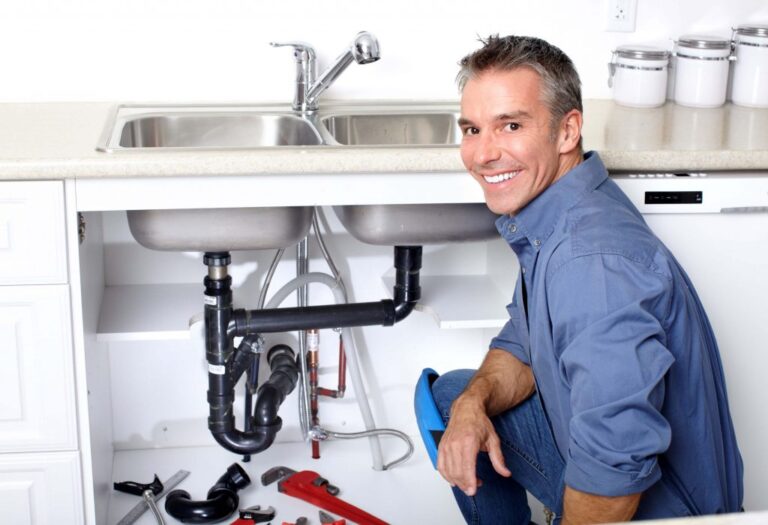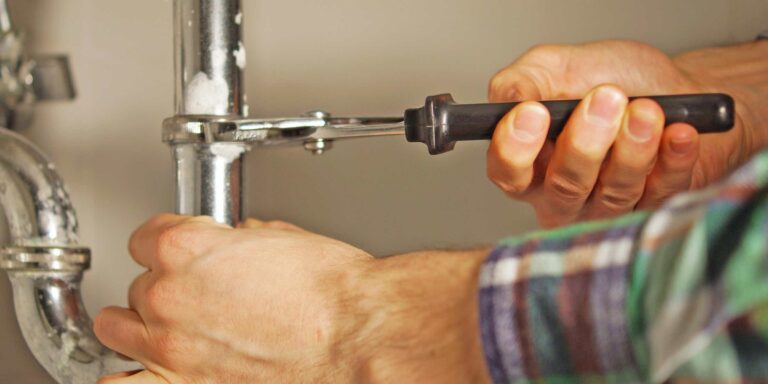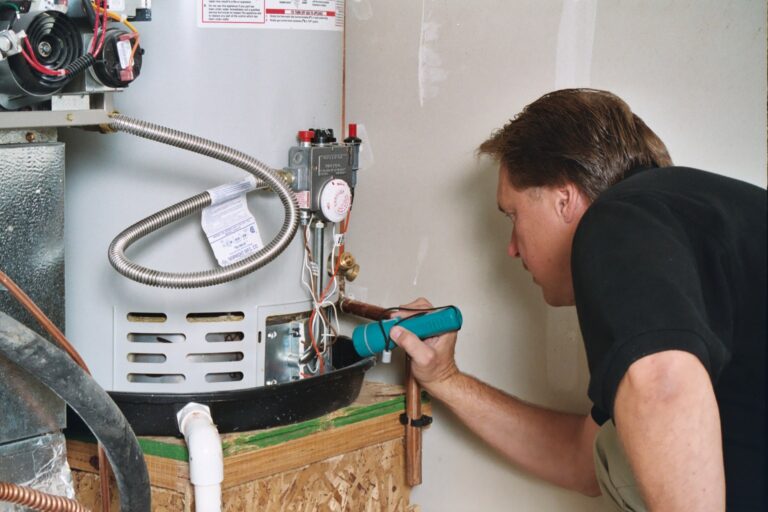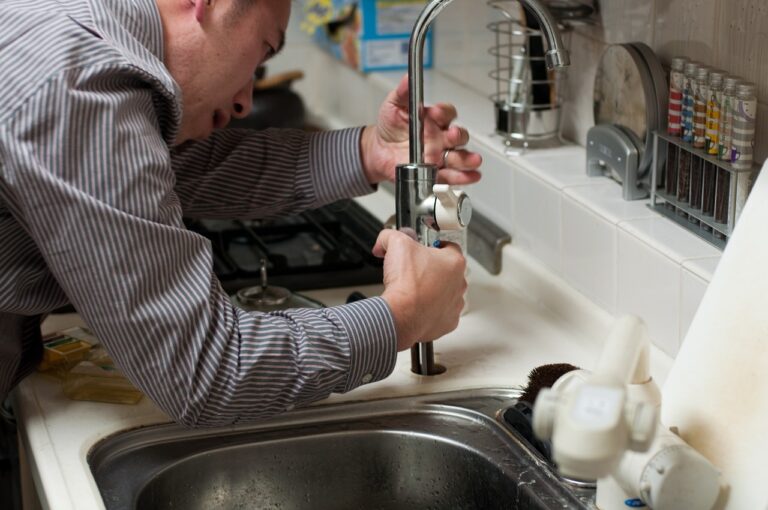Tips to Prevent Basement Flooding
1.Install a backwater valve: This will help to prevent water from coming into your basement through the sewer system.
2.Disconnect your downspouts: Make sure your downspouts are disconnected from your sewer system. This will help to prevent basement flooding caused by excess water from your gutters.
3.Install a sump pump: This will help to remove any water that does enter your basement.
4.Repair any cracks in your foundation: Fixing any cracks in your foundation will help to prevent water from seeping into your basement.
5.Keep an eye on the weather: Be sure to check the forecast before any big storms hit. This will allow you to take necessary steps to prevent your basement from flooding. By following these tips, you can help to prevent basement flooding and the damage that it can cause.
1. Install a Sump Pump
A sump pump is a mechanical device that is used to pump water out of a basement or crawlspace. Sump pumps are often used in homes that have a history of flooding, or that are located in areas that are prone to flooding. There are two types of sump pumps: submersible and pedestal. Submersible sump pumps are designed to be placed inside a sump pit, while pedestal sump pumps are designed to be placed outside of the pit. Sump pumps are powered by electricity, and they must be connected to a power outlet in order to operate. Some homes have a backup power source for the sump pump in case of a power outage. Sump pumps are relatively easy to install, and can usually be done by a homeowner with basic handyman skills. However, it is always best to consult with a professional before undertaking any home improvement project.
2. Clean Your Gutters and Downspouts
Your gutters and downspouts play an important role in protecting your home from water damage. In order to keep your gutters and downspouts in good condition, it is important to regularly clean them. Over time, gutters and downspouts can become clogged with leaves, twigs, and other debris. If they are not cleaned on a regular basis, this debris can cause water to back up and overflow, which can lead to water damage. In order to prevent water damage, it is important to clean your gutters and downspouts at least once a year. You can do this yourself or hire a professional to do it for you. If you decide to clean your gutters and downspouts yourself, there are a few things you need to keep in mind. First, you need to make sure that you have the proper tools. Second, you need to be careful not to damage your gutters or downspouts. Third, you need to be aware of the dangers of ladder safety. If you hire a professional to clean your gutters and downspouts, they will have the proper tools and training to do the job safely and efficiently.
3. Disconnect Your Downspouts
If you want to protect your home from flooding, one of the best things you can do is disconnect your downspouts. By disconnecting your downspouts, you can redirect the flow of rainwater away from your foundation and into a more suitable location. There are a few different ways that you can disconnect your downspouts. One option is to simply cut the downspout off at the point where it meets the gutter. Another option is to install a downspout diverter, which will allow you to redirect the flow of water to a different location. Whichever method you choose, be sure to take proper precautions to avoid damaging your home. If you’re not sure how to properly disconnect your downspouts, it’s always best to consult with a professional.
4. Fix Cracks and Holes in Your Foundation
Before winter sets in, it’s a good idea to check your foundation for cracks or holes and repair them. A little bit of prevention can go a long way in protecting your home from the elements. Cracks in your foundation can not only let in moisture, but they can also allow pests to enter your home. While you may not be able to see them, small cracks can become larger over time, so it’s important to address them as soon as possible. Holes in your foundation are another potential entry point for moisture and pests. If you do find a hole, you’ll want to clean it out and then fill it with mortar or concrete. Once you’ve repaired any cracks or holes, it’s a good idea to apply a waterproof sealant to your foundation. This will help to keep moisture out and prevent future problems.
5. Slope the Ground Away from Your Home
So you want to make sure water doesn’t pool around your home. One way to do that is to slope the ground away from your home. You can do this by adding soil to the ground around your home, and then slopes the soil so that it’s slightly higher near the foundation of your home. This will help ensure that water flows away from your home, and doesn’t pool up against the foundation.
6. Cover Your Window Wells
Most homeowners don’t think about their window wells until they have a problem with them. But window wells are an important part of your home’s exterior and should be given some attention on a regular basis. Here are a few tips for taking care of your window wells. 1. Keep them clean. Window wells can collect a lot of debris, so it’s important to keep them clean. This will help prevent water from collecting in the well and will also keep animals and pests out. 2. Check for leaks. Over time, the seals around your window wells can break down, allowing water to seep in. Be sure to check your wells regularly for any leaks and have them repaired as soon as possible. 3. Cover them up. During the winter months, it’s a good idea to cover your window wells with a heavy tarp or plastic sheeting. This will help keep the snow and ice out, and will also make it less likely for animals to take up residence in your wells. 4. Inspect them regularly. Take a look at your window wells on a regular basis, just as you would any other part of your home’s exterior. If you notice any problems, be sure to have them repaired promptly. By following these simple tips, you can keep your window wells in good condition and help prevent problems down the road.






